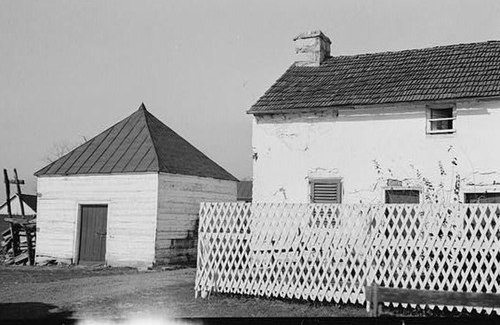Saratoga | |
 Saratoga | |
| Location | SE of jct. of Rtes. 723 and 617, Boyce, Virginia |
|---|---|
| Coordinates | 39°4′59.7″N78°3′36.1″W / 39.083250°N 78.060028°W |
| Area | 268.5 acres (108.7 ha) |
| Built | 1779 |
| NRHP reference No. | 70000788 |
| VLR No. | 021-0070 |
| Significant dates | |
| Added to NRHP | February 26, 1970 [1] |
| Designated NHL | November 7, 1973 [2] |
| Designated VLR | December 2, 1969 [3] |
Saratoga, also known as the General Daniel Morgan House, is a historic plantation house near Boyce, Virginia. It was built in 1779 by Daniel Morgan, a general in the Continental Army best known for his victory over the British at the Battle of Cowpens in 1781. He named his estate after the American victory in the 1777 Battles of Saratoga, in which he also participated. The estate was listed on the National Register of Historic Places in 1970 and was declared a National Historic Landmark in 1973. [1] Privately owned, it is located about .5 miles south of Boyce on the west side of County Route 723, and is not open to the public.





